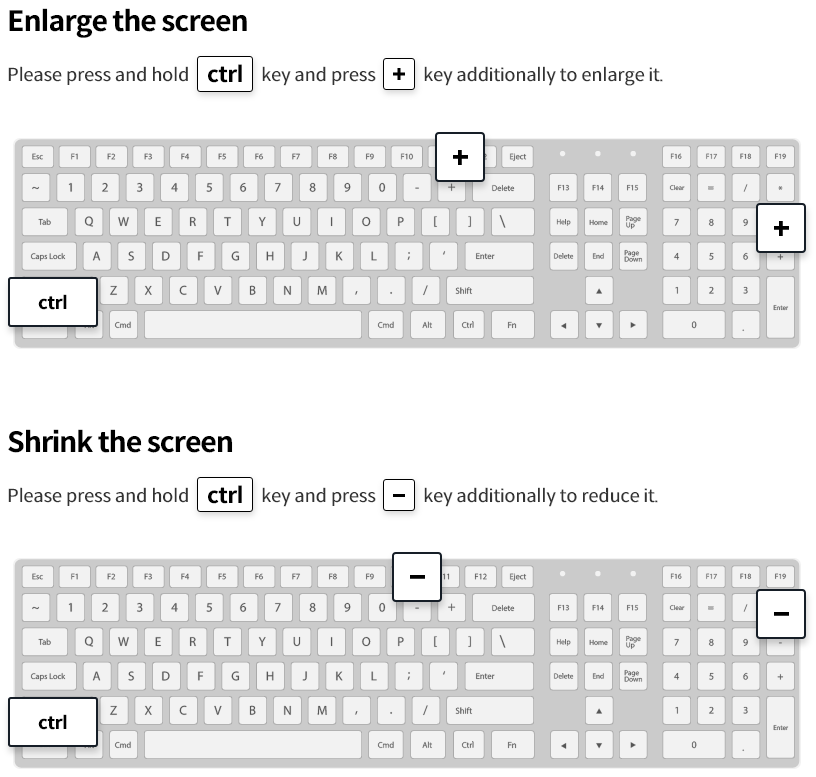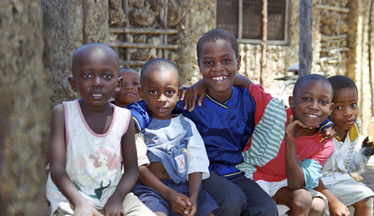As a Recipient
Between 1945 and the early 1990s, Korea received a total assistance of 12.69 billion USD from the international community. Effective use of the enormous amount of foreign aid was crucial to Korea’s sustained economic growth.
After the end of the Second World War, the world was divided into the Western and Eastern blocks, and foreign aid was disbursed according to the logic of the Cold War, with the Soviet Union and the United States seeking to support their allies through development assistance. In this geopolitical context of the Cold War, Korea in the 1950s received emergency relief as well as reconstruction funds from the international community, the U.S. being the core contributor. Korea used the foreign aid to curb postwar inflation, secure financial stability and make investments in industrial facilities. Until the end of the decade, foreign aid, mostly in the form of grants, made up most of the country’s capital, which contributed to the rapid economic growth at the average annual rate of 4.9% between 1954 and 1960.
From 1957, the grant-type aid to Korea began to decrease and was increasingly replaced by loans after the end of 1959. With the enactment of the Foreign Investment Promotion Act in January 1960, Korea actively attracted foreign investment from developed countries and effectively utilized the foreign resources through the execution of its Five-Year Economic Development Plan. Between 1961 and 1975, Korea received 30.9 % of its total aid, and the foreign aid provided critical resources for government capital, investment, industrial infrastructure and technological development.
From the late 70s, the main form of development assistance to Korea changed from project-based loans to sector loans (for the development of an overall particular sector-as well as structural adjustment loans (for the adjustment of the overall economic and industrial structure).
Korea’s graduation from the World Bank lending list in 1995 marked the de facto end of Korea’s history as a recipient country. Although Korea did receive an emergency financial aid package from international development banks during the Asian financial crisis in 1997, Korea managed to overcome the crisis and in 2000 made its way out of the OECD-DAC list of aid recipients. As such, Korea was finally able to make a transition from an aid-receiving country to an emerging aid-donor country.


